Why These Dog Breeds Are Banned Across the UK
The United Kingdom has long been a nation of dog lovers, with millions of households welcoming these loyal companions into their homes.UK law does not treat all dog breeds equally. Since introducing the Dangerous Dogs Act in 1991, authorities have banned or restricted certain breeds to protect public safety. This legislation has sparked debates among dog owners, animal rights activists, and policymakers. In this blog post, we’ll explore the UK’s banned dog breeds, the reasons behind the ban, and what it means for dog owners and enthusiasts.
What is the Dangerous Dogs Act?
The Dangerous Dogs Act (DDA) was introduced in 1991 following a series of high-profile dog attacks in the UK. The primary aim of the legislation was to protect the public from dangerous dogs and reduce the number of incidents involving aggressive or out-of-control animals. The act specifically targets certain breeds deemed to pose a significant risk to people and other animals.
Key provisions of the Dangerous Dogs Act include:
- A ban on the ownership, breeding, sale, or exchange of specific dog breeds.
- Requirements for dogs to be muzzled and kept on a leash in public places.
- Penalties for owners whose dogs are deemed dangerous, including fines, imprisonment, and the destruction of the dog.
Which Dog Breeds Are Banned in the UK?
Under the Dangerous Dogs Act, four breeds are explicitly banned in the UK. These breeds are considered to have inherent characteristics that make them more likely to cause harm. The UK’s banned dog breeds are:
- Pit Bull Terrier
- Often at the center of debates about breed-specific legislation, the Pit Bull Terrier is one of the most well-known banned breeds.
- Known for their strength and muscular build, Pit Bulls were historically used in dogfighting, which has contributed to their reputation as aggressive dogs.
- Japanese Tosa
- Originating from Japan, the Tosa is a large, powerful breed traditionally used in dogfighting.
- Despite their calm demeanor, their size and strength make them a concern under UK law.
- Dogo Argentino
- Bred in Argentina for big-game hunting, the Dogo Argentino is a strong and athletic breed.
- Their high prey drive and protective instincts have led to their inclusion on the banned list.
- Fila Brasileiro (Brazilian Mastiff)
- Known for their tracking and guarding abilities, the Fila Brasileiro is a large and powerful breed.
- Their strong protective instincts and potential for aggression have resulted in their ban in the UK.
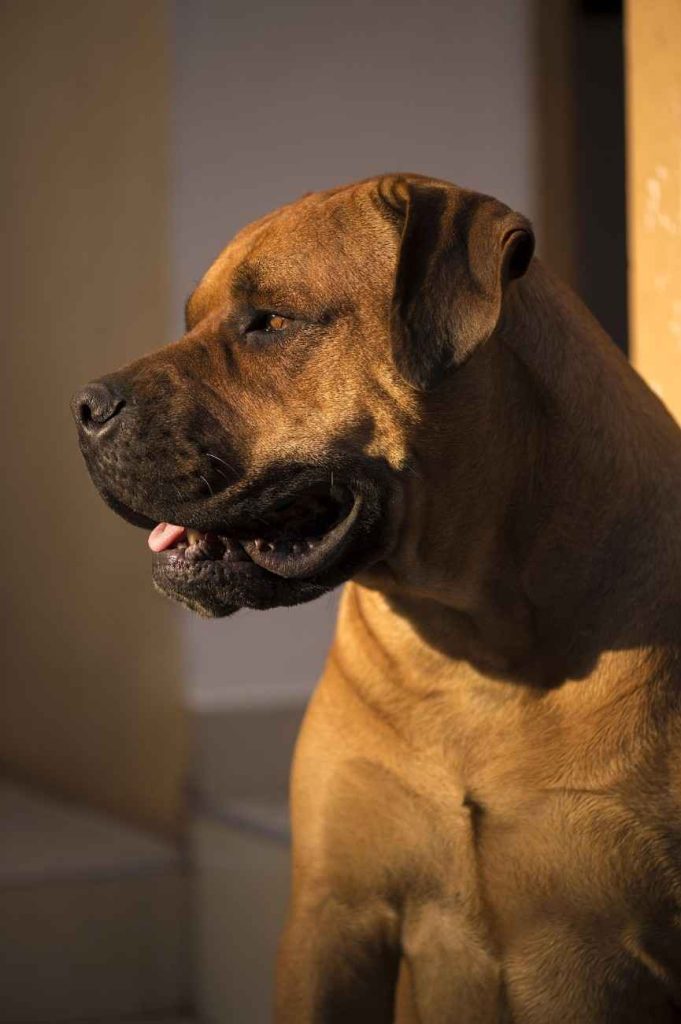
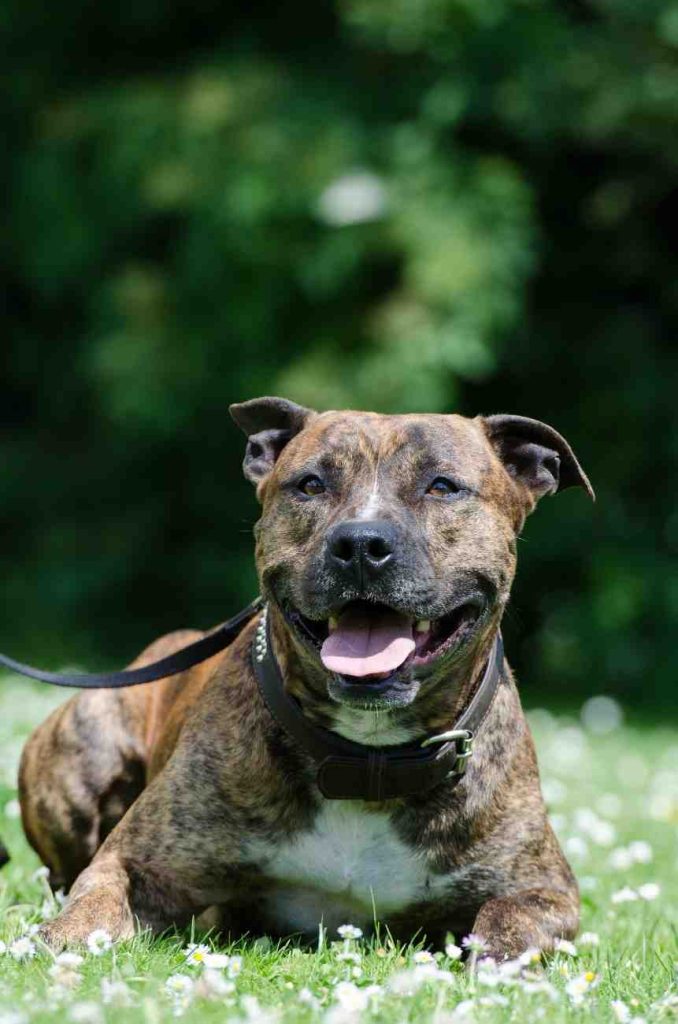
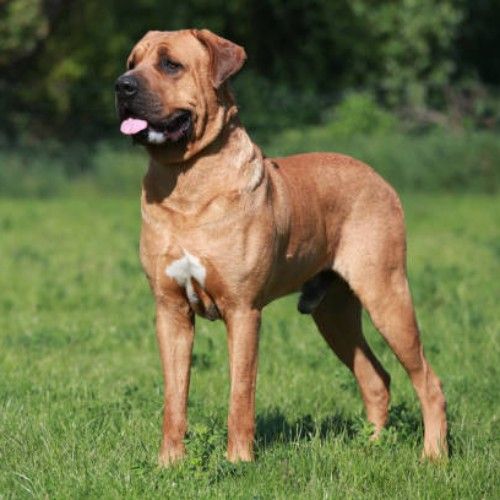
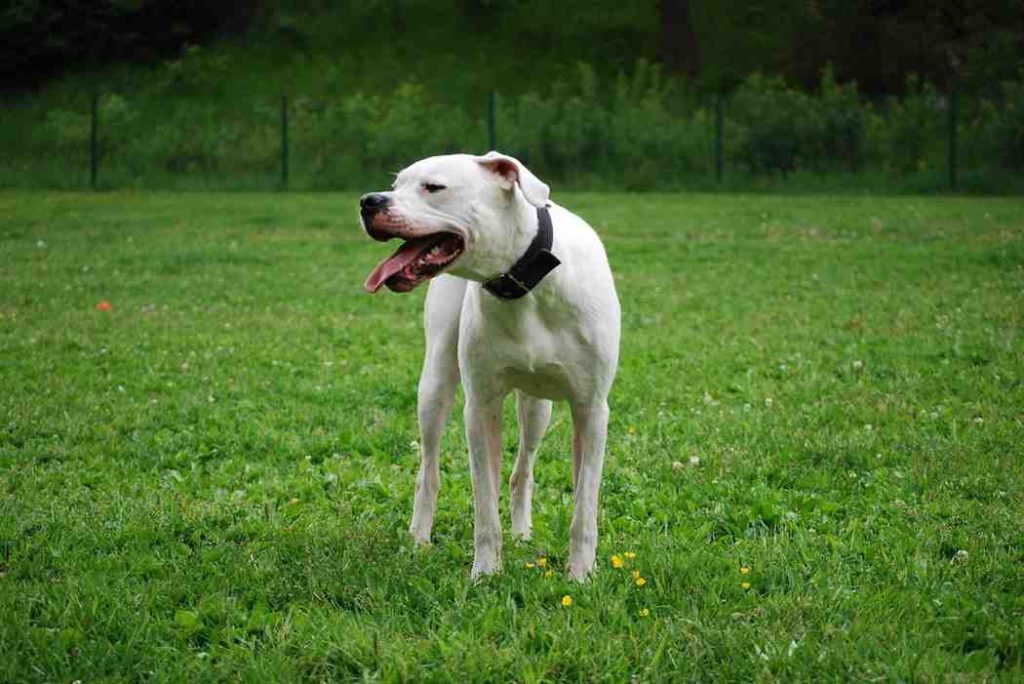
Why Were These Breeds Banned?
The decision to ban these breeds was based on several factors, including their physical characteristics, historical use, and perceived risk to public safety. Here are some of the key reasons behind the ban:
- Historical Use in Dogfighting: People historically used breeds like the Pit Bull Terrier and Japanese Tosa in dogfighting, which built their reputation as aggressive dogs.
- Physical Strength and Size: Banned breeds are typically large, muscular, and powerful, making them capable of causing significant harm if they attack.
- Perceived Aggression: Although not all dogs of these breeds act aggressively, authorities consider their potential for aggression too high to allow them as pets.
- Public Safety Concerns: The UK government prioritized public safety, aiming to reduce the number of dog attacks and fatalities.
Controversies Surrounding Breed-Specific Legislation
The Dangerous Dogs Act has been a subject of controversy since its introduction. Critics argue that the legislation is unfair and ineffective for several reasons:
- Focus on Breed, Not Behavior: Many experts believe that owners’ upbringing, training, and environment influence a dog’s behavior more than its breed.
- Punishing Responsible Owners: Responsible dog owners of banned breeds argue that their well-trained pets pose no threat to public safety.
-
Ineffectiveness in Reducing Attacks: Some studies suggest that breed-specific bans have not significantly reduced dog attacks because any breed can show aggressive behavior.
Stigmatization of Certain Breeds: The ban has caused people to stigmatize the listed breeds, making it harder to rehome or rehabilitate them.”
What Happens If You Own a Banned Dog Breed?
Owning a UK’s banned dog breeds is a criminal offense, and the consequences can be severe. However, there are some exceptions:
-
Exemption Orders: In rare cases, owners can apply for an exemption order if authorities judge their dog not to pose a danger to public safety. Owners must neuter, microchip, and keep exempted dogs leashed and muzzled in public.
-
Destruction Orders: If authorities judge a dog as dangerous and deny an exemption, the court can order its euthanasia.
- Legal Penalties: Owners of banned breeds can face fines, imprisonment, and a criminal record.
Alternatives to Breed-Specific Legislation
Many animal welfare organizations and experts advocate for alternatives to breed-specific bans. These include:
- Breed-Neutral Laws: Focusing on individual dog behavior rather than breed can help address the root causes of aggression.
- Mandatory Training and Socialization: Encouraging responsible ownership through training and socialization programs can reduce the risk of dog attacks.
- Stricter Licensing and Regulation: Implementing stricter licensing requirements for all dog owners could help ensure that only responsible individuals own dogs.
- Public Education: Educating the public about responsible dog ownership and how to interact safely with dogs can prevent incidents.
The Future of Banned Dog Breeds in the UK
The debate over breed-specific legislation will likely continue for some time. Some people argue that the ban protects public safety, while others believe authorities have made it outdated and ineffective. As our understanding of dog behavior evolves, there may be opportunities to revisit and revise the Dangerous Dogs Act to better balance public safety with the rights of responsible dog owners.
Key Takeaways
- The UK’s Dangerous Dogs Act bans four breeds: Pit Bull Terrier, Japanese Tosa, Dogo Argentino, and Fila Brasileiro.
- The ban is based on concerns over public safety, historical use in dogfighting, and the physical characteristics of these breeds.
- Critics argue that breed-specific legislation is unfair and ineffective, advocating for alternatives like behavior-based laws and public education.
- Owning a banned breed can result in severe penalties, including fines, imprisonment, and the destruction of the dog.
Final Thoughts
The UK’s ban on certain dog breeds is a complex and contentious issue. While the intention behind the Dangerous Dogs Act is to protect public safety, many believe that the legislation unfairly targets specific breeds rather than addressing the root causes of aggressive behavior. As dog lovers, it’s important to advocate for responsible ownership and support policies that prioritize both public safety and the welfare of our canine companions. Whether you agree with the ban or not, understanding the law and its implications is crucial for anyone living in or visiting the UK.
Frequently Asked Questions (FAQs)
Q1. Which dog breeds are banned in the UK?
The UK bans certain breeds under the Dangerous Dogs Act 1991. These include the Pit Bull Terrier, Japanese Tosa, Dogo Argentino, and Fila Brasileiro.
Q2. Why are these dog breeds banned?
Authorities ban these breeds because they can be aggressive and pose a higher risk of serious attacks on people or other animals.
Q3. Are all dogs of these breeds automatically illegal?
Yes, owning, breeding, or selling these banned breeds without a specific exemption is illegal in the UK. Owners may face legal penalties.
Q4. Can a dog of a banned breed be legally owned?
Yes, but only under strict conditions with government exemption, which includes microchipping, neutering, and keeping the dog under controlled circumstances.
Q5. Are mixed breeds with banned breeds restricted too?
Yes, if a dog is a cross that includes one of the banned breeds, it may also fall under the law and require similar restrictions.


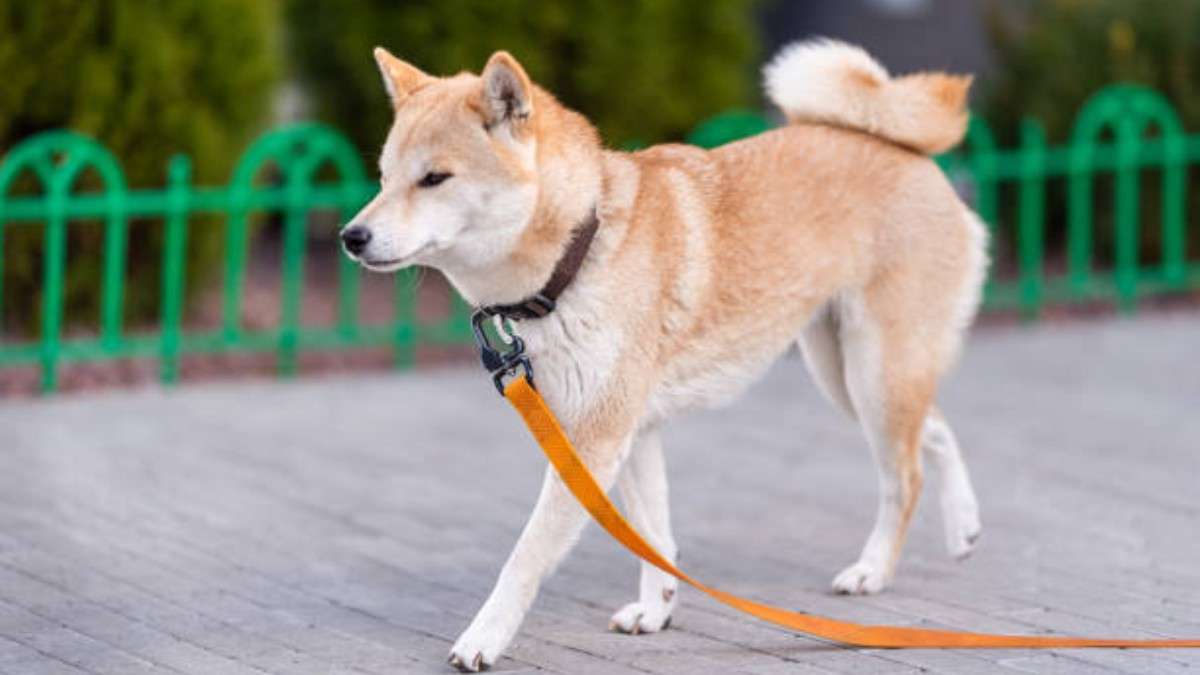
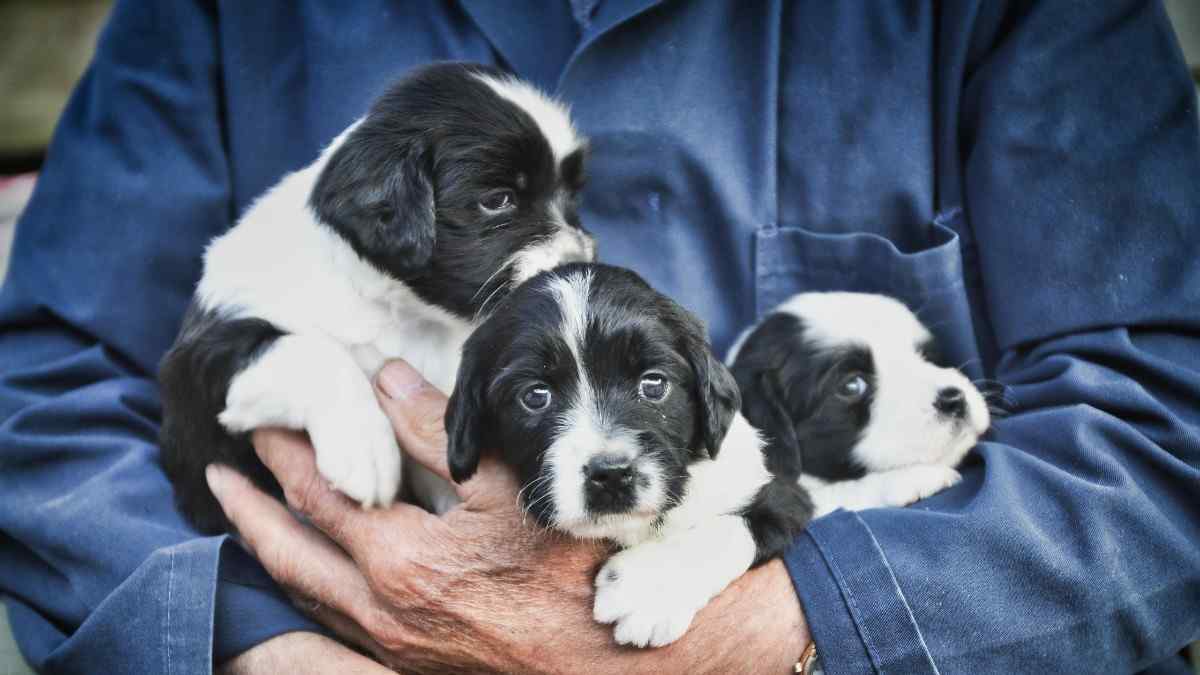
Post Comment